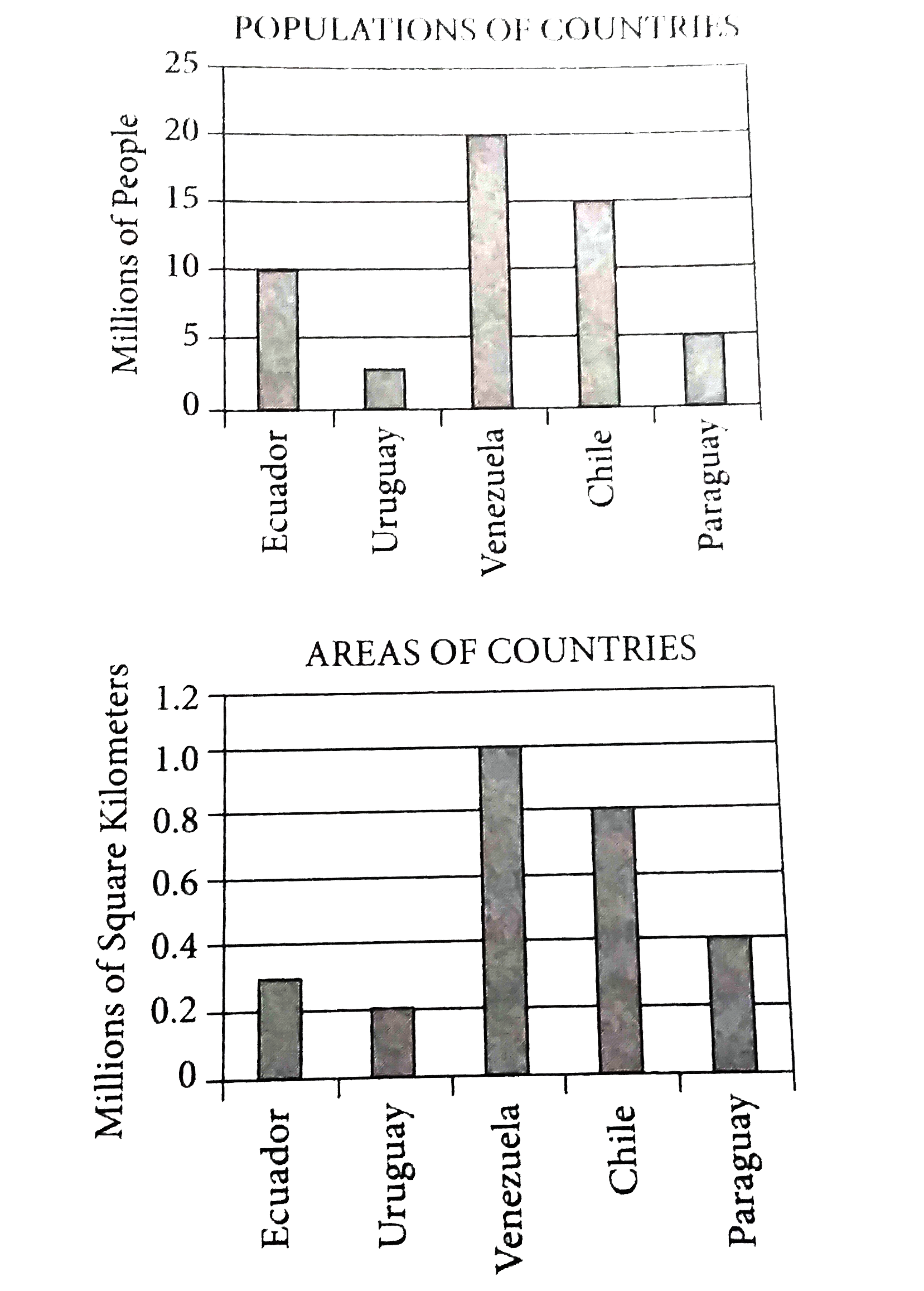A population growth becomes asymptote when population density :-
is in log phase
is in lag phase
reaches carrying capacity
crosses carrying capacity
The correct Answer is:C
To answer the question about when population growth becomes asymptotic in relation to population density, we can break it down step by step:
1. Understanding Asymptote: An asymptote in population growth refers to a point where the growth rate levels off and approaches a constant value, indicating that the population is no longer increasing significantly.
Hint: Think of an asymptote as a line that a curve approaches but never actually reaches.
2. Population Growth Phases: Population growth typically goes through different phases: lag phase, log phase, and stationary phase.
Hint: Remember the phases of population growth: lag (slow growth), log (rapid growth), and stationary (growth slows down).
3. Lag Phase: During the lag phase, the population is small, and individuals are adjusting to their environment. Growth is slow as the population is below the carrying capacity.
Hint: In the lag phase, the population is still getting established and is not utilizing resources fully.
4. Log Phase: After the lag phase, the population enters the log phase, where it experiences rapid growth as resources are abundant.
Hint: The log phase is characterized by exponential growth due to ample resources.
5. Carrying Capacity: As the population continues to grow, it will eventually reach a point known as the carrying capacity, which is the maximum population size that the environment can sustain due to limited resources.
Hint: Carrying capacity is like a ceiling for population growth; it limits how many individuals can survive based on available resources.
6. Asymptotic Growth: When the population density reaches the carrying capacity, the growth rate slows down and stabilizes, leading to an asymptotic growth pattern. This means the population size levels off as it can no longer grow significantly due to resource limitations.
Hint: Once the carrying capacity is reached, the population growth will not increase further despite the presence of individuals.
Conclusion:
The population growth becomes asymptotic when the population density reaches carrying capacity.
Final Answer:
The correct answer is: reaches carrying capacity.
---
The population growth becomes asymptotic when the population density reaches carrying capacity.
The correct answer is: reaches carrying capacity.
Topper's Solved these Questions
- BIOLOGY AT A GLANCEBOOK - ALLENCHAPTER - BIOLOGY AT A GLANCEEXERCISE - Microbes IN Human Welfare And Bio - Technology
32 Videos
- BIODIVERSITY AND CONSERVATIONBOOK - ALLENCHAPTER - BIODIVERSITY AND CONSERVATIONEXERCISE - S
18 Videos
- BIOLOGY AT A GLANCE (ZOOLOGY )BOOK - ALLENCHAPTER - BIOLOGY AT A GLANCE (ZOOLOGY )EXERCISE - EXERCISE
207 Videos
Similar Questions
Population density is the
View SolutionAssertion : A population growing in a habitat with limited resources shows initially a lag phase, followed by phase of accelerated and deceleration and finally as asymptote, when the population density reaches the carrying capacity.
Reason : In Verhulst-Pearl Logistic growth, plot of N (population density) at time (t) results in a sigmoid curve.
View Solution
Knowledge Check
Exponential population growth is
AdN/dt = rNBdt/dN = rNCdN/rN = dtDrN/d N = dt
The populations and areas of five countries are shown in the graph above. If population density is defined as popa––tionarea, which of the five countries has the highest population density?AEcuadorBUruguayCVenezuelaDChile
Population growth rate depends upon
View SolutionPopulation growth rate depends upon
View SolutionTwo local population becomes sister population when :-
View SolutionPopulation are said to be sympatric when
View SolutionHuman population growth in India.
View SolutionHuman population growth in India.
View Solution
